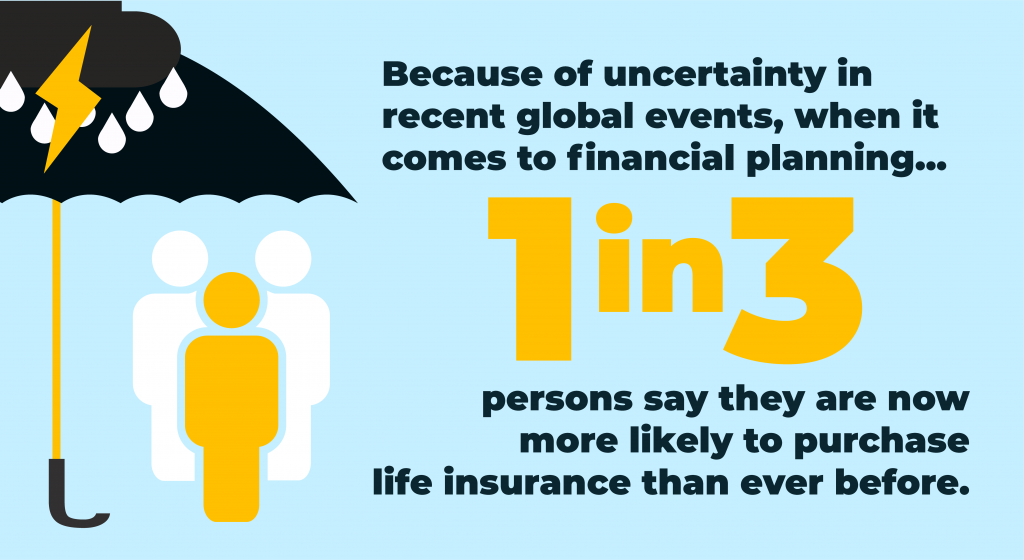Life insurance is one of the most important financial decisions you’ll ever make. It’s not just about protecting yourself—it’s about providing security and peace of mind for your loved ones when you’re no longer around. But with so many options, terms, and fine print, buying life insurance can feel overwhelming.
Are you confused about which policy to choose? Worried about hidden clauses or paying too much? You’re not alone. Many people rush into buying life insurance without fully understanding what they’re signing up for. This can lead to wasted money, inadequate coverage, or even denied claims when your family needs support the most.
In this comprehensive guide, we’ll walk you through the critical things to note before buying life insurance. You’ll learn about the different types of policies, key factors to consider, common pitfalls, and expert tips to make an informed decision. Whether you’re a first-time buyer or looking to upgrade your existing coverage, this article will empower you to secure the best possible protection for your family’s future.
What Is Life Insurance and Why Do You Need It?

Life insurance is a contract between you and an insurance company. In exchange for regular premium payments, the insurer promises to pay a lump sum (called the death benefit) to your beneficiaries if you pass away during the policy term. This money can help your loved ones cover expenses like:
- Funeral costs
- Mortgage payments
- Children’s education
- Daily living expenses
- Outstanding debts
Why is life insurance important?
Life is unpredictable. If you’re the primary breadwinner, your sudden absence could leave your family struggling financially. Life insurance acts as a safety net, ensuring your family’s financial stability even when you’re gone.
Types of Life Insurance Policies
Before buying, it’s crucial to understand the main types of life insurance available:
1. Term Life Insurance
- Coverage: Provides protection for a specific period (e.g., 10, 20, or 30 years).
- Premiums: Generally lower than other types.
- Payout: Only pays if you die within the policy term.
- Best for: People seeking affordable, temporary coverage (e.g., until children are grown or mortgage is paid off).
2. Whole Life Insurance
- Coverage: Lasts your entire life, as long as premiums are paid.
- Premiums: Higher, but fixed for life.
- Payout: Guaranteed death benefit.
- Cash Value: Builds cash value you can borrow against.
- Best for: Those wanting lifelong coverage and a savings component.
3. Universal Life Insurance
- Coverage: Flexible permanent coverage.
- Premiums: Flexible; you can adjust payments and coverage.
- Cash Value: Accumulates based on interest rates.
- Best for: People who want flexibility and investment options.
4. Variable Life Insurance
- Coverage: Permanent, with investment options.
- Premiums: Vary based on investment performance.
- Cash Value: Invested in stocks, bonds, or mutual funds.
- Best for: Those comfortable with investment risk and seeking higher returns.
Comparison Table: Types of Life Insurance
| Feature | Term Life | Whole Life | Universal Life | Variable Life |
|---|---|---|---|---|
| Duration | Fixed term | Lifetime | Lifetime | Lifetime |
| Premiums | Low | High (fixed) | Flexible | Flexible |
| Cash Value | No | Yes | Yes | Yes |
| Investment Option | No | No | Limited | Yes |
| Death Benefit | Fixed | Guaranteed | Adjustable | Varies |
Key Things to Note Before Buying Life Insurance
1. Assess Your Financial Needs
Before purchasing, ask yourself:
- How much coverage does my family need?
- What debts or financial obligations do I want covered?
- How long do I need coverage for?
Tip: Use online life insurance calculators to estimate your ideal coverage amount.
2. Understand the Policy Terms
Always read the policy document carefully. Pay attention to:
- Exclusions: Situations where the insurer won’t pay out (e.g., suicide within the first year).
- Waiting Periods: Some policies have a waiting period before full coverage kicks in.
- Premium Payment Terms: Are premiums fixed or can they increase?
3. Compare Different Policies and Providers
Don’t settle for the first quote you get. Compare:
- Premiums
- Coverage benefits
- Claim settlement ratios
- Customer reviews
Tip: Use comparison websites or consult an independent insurance advisor.
4. Check the Claim Settlement Ratio
This ratio shows the percentage of claims an insurer settles successfully. A higher ratio indicates a more reliable insurer.
- Industry average: Aim for insurers with a claim settlement ratio above 95%.
5. Disclose All Relevant Information
Be honest about your health, occupation, and lifestyle habits. Concealing information can lead to claim rejection.
6. Review Riders and Add-ons
Riders are additional benefits you can add to your policy, such as:
- Accidental death benefit
- Critical illness cover
- Waiver of premium
Choose riders that match your needs, but remember they increase your premium.
7. Check Policy Renewal and Conversion Options
- Term to Whole Life: Can you convert your term policy to a permanent one later?
- Renewal: Are there guaranteed renewal options if you outlive your term policy?
8. Understand Surrender and Loan Provisions
For permanent policies, check:
- Surrender Value: How much will you get if you cancel early?
- Loan Facility: Can you borrow against your policy’s cash value?
9. Consider Inflation Impact
The coverage amount you choose today may not be sufficient in the future due to inflation. Consider increasing your sum assured or choosing policies with inflation protection.
10. Read the Fine Print
Look for hidden charges, exclusions, and terms that could affect your coverage or payout.
Common Mistakes to Avoid When Buying Life Insurance
- Underinsuring: Choosing a low coverage amount to save on premiums.
- Overinsuring: Paying for more coverage than you need.
- Ignoring Policy Exclusions: Not understanding what’s not covered.
- Delaying Purchase: Waiting too long can increase premiums due to age or health issues.
- Not Reviewing Policy Regularly: Failing to update your coverage as your life changes.
How to Choose the Right Life Insurance Policy
Step 1: Evaluate Your Needs
- Family size
- Debts
- Income replacement needs
- Long-term goals (e.g., children’s education)
Step 2: Decide on Policy Type
- Term for temporary needs
- Whole or universal for lifelong protection
Step 3: Compare Quotes
- Use online tools or consult agents
Step 4: Check Insurer’s Reputation
- Claim settlement ratio
- Customer service reviews
Step 5: Read Policy Documents
- Understand terms, conditions, and exclusions
Step 6: Finalize and Buy
- Complete the application honestly
- Undergo medical tests if required
- Pay the premium and keep records
FAQ: Things to Note Before Buying Life Insurance
What is the best age to buy life insurance?
The earlier, the better. Premiums are lower when you’re young and healthy.
Can I have more than one life insurance policy?
Yes, you can own multiple policies, but disclose all existing policies to each insurer.
What happens if I miss a premium payment?
Most policies have a grace period. If you miss the payment, the policy may lapse after this period.
Is a medical exam always required?
Not always. Some policies offer “no medical exam” options, but these may have higher premiums or lower coverage.
Can I change my beneficiaries later?
Yes, most policies allow you to update beneficiaries at any time.
How do I claim the death benefit?
Your beneficiary needs to submit a claim form, the policy document, and a death certificate to the insurer.
Conclusion: Secure Your Family’s Future with the Right Life Insurance
Buying life insurance is a crucial step in safeguarding your family’s financial future. By understanding the different types of policies, assessing your needs, and carefully reviewing terms and conditions, you can make a confident, informed decision.
Key Takeaways:
- Assess your financial needs and choose the right coverage amount.
- Compare policies and insurers for the best value and reliability.
- Disclose all relevant information to avoid claim rejection.
- Review your policy regularly as your life circumstances change.
Remember: Life insurance isn’t just a product—it’s a promise to protect your loved ones when they need it most. Take the time to research, ask questions, and choose a policy that truly meets your needs.
Recommended Life Insurance Products (Sample List)
- Term Life Insurance: Affordable, high coverage for a fixed period.
- Whole Life Insurance: Lifelong protection with cash value benefits.
- Universal Life Insurance: Flexible premiums and adjustable coverage.
- Critical Illness Rider: Extra protection against major illnesses.
- Accidental Death Benefit Rider: Additional payout for accidental death.
Ready to buy life insurance?
Start by comparing quotes from top insurers and consult a trusted advisor to find the best policy for your needs.
By keeping these things to note before buying life insurance in mind, you’ll be well-equipped to make a decision that brings true peace of mind for you and your family.




